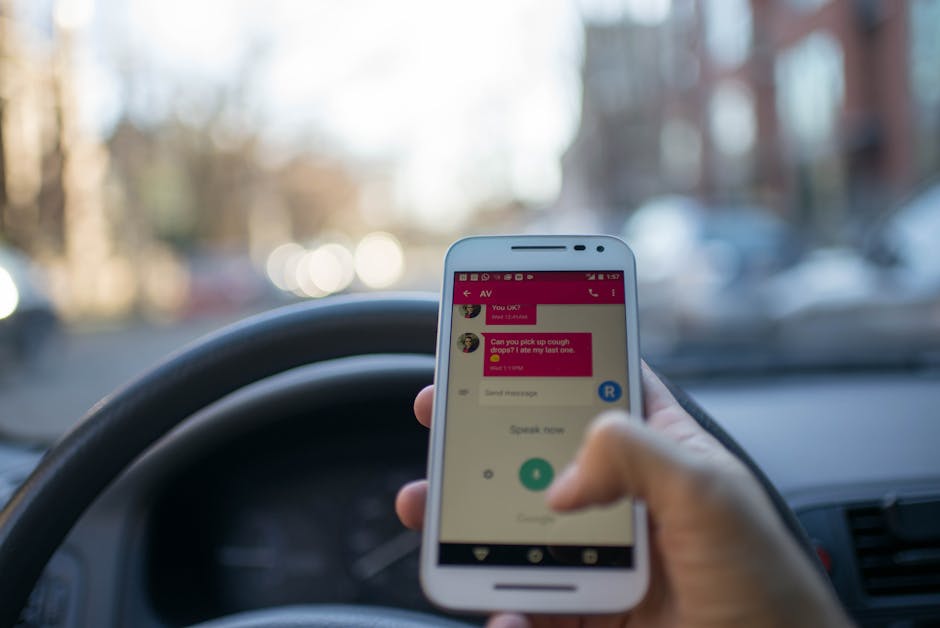Navigating Language Barriers While Traveling
Traveling can be an exciting and enriching experience, but it often comes with for many language barriers. Understanding how to overcome these barriers is essential for ensuring a smoother travel experience and making meaningful connections with locals.
Language barriers can manifest in various ways during travel. They may prevent travelers from asking for directions, ordering food, or even understanding safety instructions. The impact of these barriers can range from minor inconveniences to potentially dangerous situations, particularly in emergencies.
The complexity of language barriers also varies depending on the destination. In some regions, English is widely spoken, making communication relatively easy for English-speaking travelers. In places where English is not commonly used, such as rural areas or countries with less exposure to international tourism, the challenge becomes more pronounced.
It's important to recognize that language barriers are not just about spoken words but also involve understanding cultural context and non-verbal cues. Misinterpreting gestures or failing to grasp local customs can lead to misunderstandings that go beyond mere words.
Using Technology to Bridge Language Gaps
Modern technology offers numerous tools that can help travelers overcome language barriers. From translation apps to voice assistants, these innovations have made it easier than ever to communicate across different languages.
Translation apps like Google Translate and Microsoft Translator allow users to translate text, speech, and even images in real-time. These apps support a wide range of languages and are particularly useful for quick translations on the go. Travelers can use their smartphone camera to translate signs or menus instantly.
- Google Translate: Offers translation for over 100 languages and includes features like voice input and conversation mode.
- Microsoft Translator: Supports text translation in more than 60 languages and offers offline translation capabilities.
- iTranslate: Allows users to translate text, voice, and websites in over 100 languages with offline functionality available in premium versions.
Voice assistants like Siri or Google Assistant can also be valuable tools when trying to communicate in a foreign language. With just your voice, you can request translations or find directions without having to master the local language.
The Value of Mastering Essential Expressions
While technology provides valuable support, relying solely on it may not always be practical. Batteries run out, internet connections fail, and some interactions require more than just direct translations. Mastering a handful of essential expressions in the native tongue can greatly enrich your travel adventures and promote more meaningful connections with the people you meet.

Simple greetings, polite expressions, and phrases related to common travel scenarios (such as asking for directions or ordering food) can go a long way. Locals often appreciate the effort travelers put into learning their language, even if it's just a few words. This small gesture can break down barriers and make interactions smoother.
| Situation | English Phrase | Example Translations |
|---|---|---|
| Greeting Someone | Hello/Good Morning | "Hola" (Spanish), "Bonjour" (French), "Konnichiwa" (Japanese) |
| Asking for Directions | Where is... | "¿Dónde está...?" (Spanish), "Où est...?" (French), "Doko desu ka...?" (Japanese) |
| Thanking Someone | Thank you | "Gracias" (Spanish), "Merci" (French), "Arigatou" (Japanese) |
| Ordering Food | I would like... | "Me gustaría..." (Spanish), "Je voudrais..." (French), "Watashi wa ... ga hoshīdesu" (Japanese) |
Flashcards or language apps like Duolingo can assist in memorizing these phrases before your trip.
Cultural Sensitivity
Successfully overcoming language barriers involves more than merely converting text from one language to another; it also demands a deep appreciation of the cultural nuances that shape how people communicate. Certain gestures or expressions that are commonplace in one culture might be misunderstood or considered rude in another.
While pointing with a finger is acceptable in many Western countries, it may be perceived as impolite in some Asian cultures where using the whole hand is preferred instead. Similarly, nodding your head might mean agreement in most places but could signify something entirely different elsewhere.
Cultural sensitivity involves being aware of these differences and adapting your communication style accordingly. When uncertain about specific customs or behaviors, observing how locals interact with each other can provide valuable insights into appropriate conduct during your stay.
Mental Preparation: Staying Calm Amidst Misunderstandings
No matter how well-prepared you are or how many tools at your disposal (language barriers are bound to result in misunderstandings at times) and that’s okay! What matters most is how you handle these situations when they arise.
Panic often exacerbates miscommunication; therefore maintaining calmness plays an integral role when dealing with challenging interactions abroad. If communication breaks down entirely despite your best efforts, using gestures or drawings may help convey what words cannot achieve alone until additional help arrives (like finding someone who speaks both languages).
Developing patience coupled with open-mindedness towards others’ ways of life will enable better navigation through unfamiliar territories overall since patience reflects respect towards others’ struggles too which often results positively reciprocal behavior towards yourself during travels abroad!
The Role of Local Guides and Language Services
If overcoming language obstacles seems They can provide invaluable support during your travels and open doors to cultural experiences that might otherwise remain inaccessible.
Alongside individual guides, the language support provided by hotels, eateries, and tourism agencies is noteworthy because it caters to individuals who might not be fluent in the local tongue, enhancing the overall experience for all participants.
Managing language barriers while traveling requires thoughtful preparation, flexibility, and most importantly, a positive attitude. Leveraging technology to understand key expressions, appreciating cultural nuances, and staying composed during challenges allows travelers to build more meaningful relationships in unfamiliar places, enriching their overall experiences.